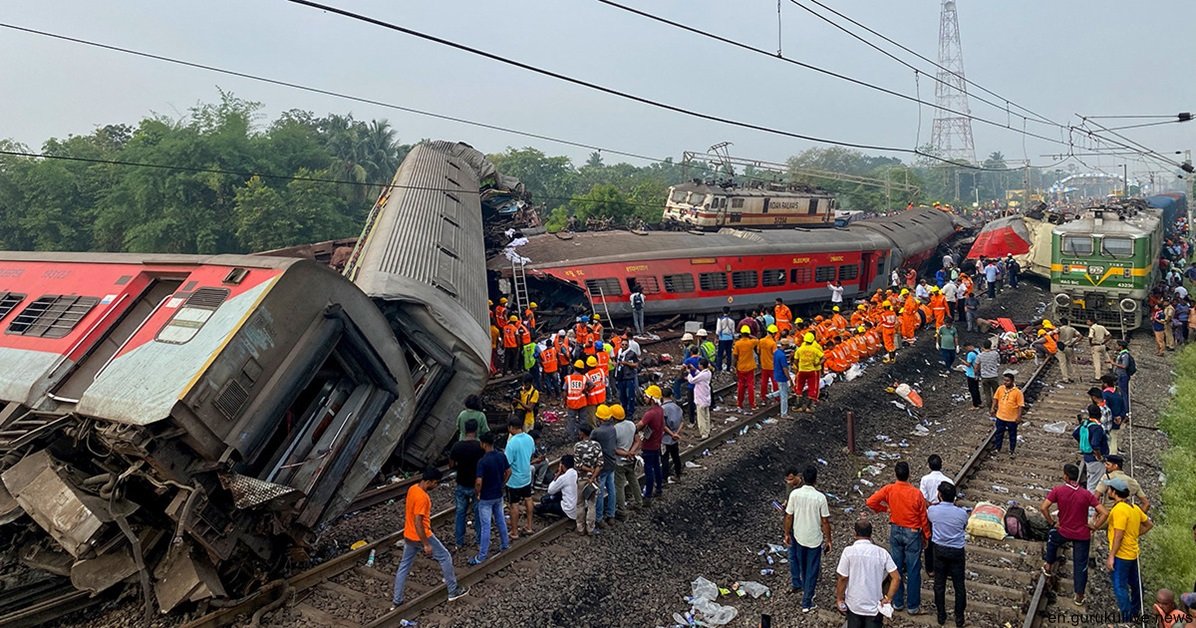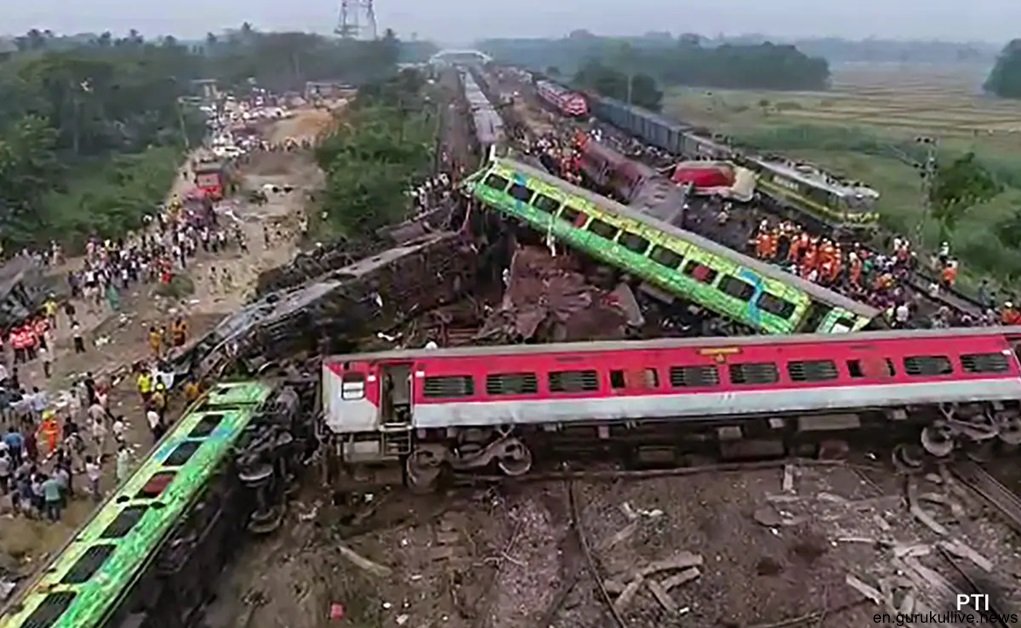Indian Railway Minister Ashwini Vaishnaw today said that a technical glitch has been identified as the cause of a train crash in the Balasore district of the Indian eastern state of Odisha.

Technical glitch behind Odisha train crash: Indian minister
Talking to media in Balasore, he said Friday’s terrible train crash that claimed 288 lives and injured more than 1000 was caused by a “change in an electronic interlocking”, according to reports published in India’s different national media.
The electronic interlocking system, a safety measure designed to prevent conflicting movements between trains, malfunctioned, leading to the fatal incident.
“The root cause of the horrifying incident has been identified… I do not want to go into details. Let the report come out. I will just say that the root cause and the people responsible have been identified,” Vaishnaw added.

The railway minister denied claims that the accident had anything to do with the anti-collision system “Kavach”. He refuted West Bengal Chief Minister Mamata Banerjee’s allegations that the accident could have been prevented with the Kavach device.
The three-way crash, which involved the Bengaluru-Howrah Superfast Express, Shalimar-Chennai Central Coromandel Express, and a goods train, occurred near the Bahanaga Bazar station in Balasore. The passenger trains were reportedly carrying around 2,500 passengers at the time.
The railway minister Vaishnaw told reporters that restoration efforts are going on in full swing, with tracks already laid on one of the main lines. The minister expects the affected tracks to be fully operational by Wednesday as the manpower of over 1,000 people engaged in the restoration process.

The railway ministry has compensated the families of approximately 300 accident victims. Special trains are also being run from various cities, including Hyderabad, Chennai, Bengaluru, Ranchi, and Kolkata to facilitate the return of patients to their homes after treatment.
However, citing a preliminary investigation, Indian Railway Board said that “there were some issues with the signaling and only Coromandel Express met with the accident” and the train was at a speed of around 128 km/h.
“According to the preliminary findings, there have been some issues with the signaling. We are still waiting for the detailed report from the Commissioner of Railway Safety,” said Jaya Varma Sinha, Member (Opps and Business Development) of the Indian Railway Board.

Addressing a press conference in the national capital today, she said the goods train did not get derailed since it was carrying iron ores and had maximum damage on Coromandel Express.
She said the derailed bogies of the Coromandel Express hit the last two bogies of the Yashwantpur Express.
See more:
